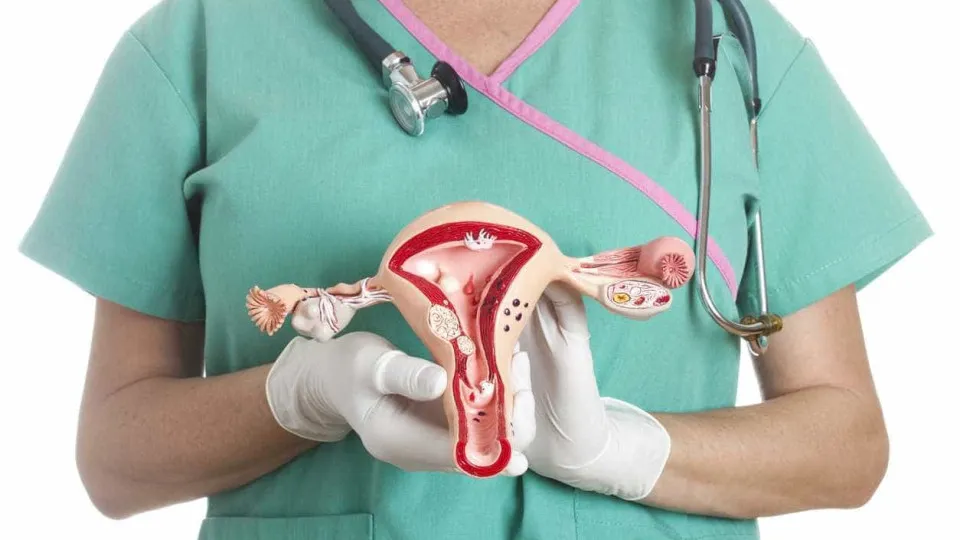First ovary cell atlas opens door to extending fertility
Researchers at the University of Michigan in the United States have created the first cellular atlas of the human ovary, revealing the factors that cause a follicle to produce eggs and opening the way to extending fertility.

© iStock

Lifestyle Fertilidade
The discovery, published Friday in the journal Science Advances, has allowed for a complete cellular characterization of the ovary, describing and locating all of its molecules, which was possible thanks to the analysis of ovarian tissue from five donors.
This study is part of the Human Cell Atlas project, with which science aims to carry out a complete mapping of the human body to fully understand how it works and what goes wrong in diseases.
Currently, surgeons can implant previously frozen ovarian tissue to temporarily restore the production of hormones and eggs.
The problem is that this tissue does not work for a long time, because very few follicles (the structures that produce hormones and create eggs) survive the implant.
With this research, the cellular characterization of the ovary reveals that most follicles, called "primordial", remain inactive and are located in the outer layer of the ovary, called the cortex.
There is a smaller proportion of follicles, called "functional", which are periodically activated and migrate to the ovary, to a region known as the growth base, where they produce eggs that are later released into the fallopian tube.
A relatively new technique, known as spatial transcriptomics, made it possible to track the genetic activity of cells and reveal the factors that cause a follicle to mature and produce eggs.
Knowledge of these factors will allow ovarian tissue to be genetically manipulated to guide the development of follicles, so that this tissue works better and for longer after being implanted than that which is not modified.
With this advance, a patient who needs to undergo toxic medical treatments, such as chemotherapy or radiotherapy, will be able to freeze ovarian tissue that can later be re-implanted.
The creation of productive ovarian tissue through genetic manipulation would open the door, according to the researchers, for a longer fertility window, as well as for a longer period of time during which the body would produce hormones that would help regulate the menstrual cycle and improve muscular, skeletal and cardiovascular health.
"Our ovary could even be used to create an artificial ovary that, over time, could be transplanted into the body", explained one of the authors, Ariella Shikanov, a biomedical engineering researcher at the University of Michigan, quoted in a statement.
The same scientific team is mapping other parts of the female reproductive system, such as the uterus and fallopian tubes.
Read Also: Low fertility will have serious consequences for the economy and societies (Portuguese version)

Descarregue a nossa App gratuita.
Oitavo ano consecutivo Escolha do Consumidor para Imprensa Online e eleito o produto do ano 2024.
* Estudo da e Netsonda, nov. e dez. 2023 produtodoano- pt.com





